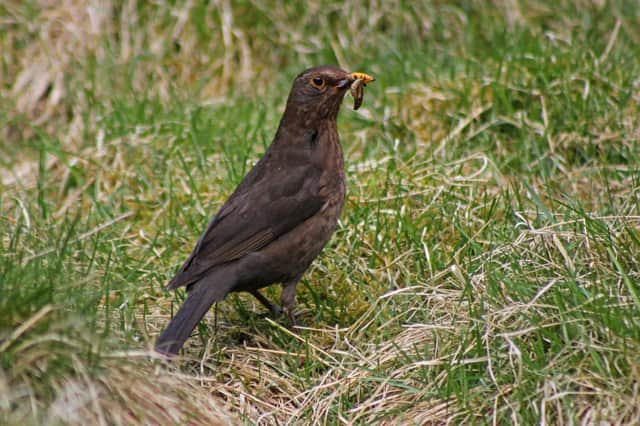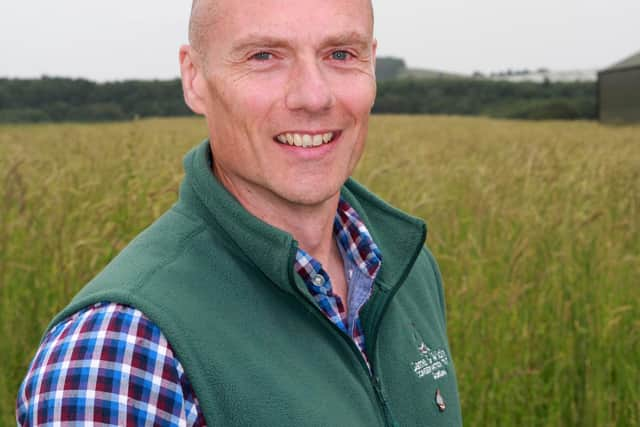Get ready to beat the big farmland bird count record - Dave Parish


The 2021 GWCT count was record-breaking but the charity is now challenging land managers to do even better and beat that.
The latest assessment of the status of the UK’s birds, the Birds of Conservation Concern, sadly shows that more than one in four species is in serious trouble but a real, immediate and positive difference can be made by adopting effective conservation measures on farm.
Advertisement
Hide AdAdvertisement
Hide Adlast year saw the number of Farmland Bird Count returns jump from 1500 to 2500, with counts across a massive 2.5 million acres of Scotland, England, Wales and Northern Ireland up from 1.4 million acres in 2020.


In Scotland support for the Big Farmland Bird Count increased by more than 45 per cent in 2021 compared to 2020, and was a massive 125 per cent up from the 2019 count level.Just over 70 per cent of the UK’s countryside is looked after by farmers and land managers, many of whom care deeply for the wildlife on their land, so they are in a position to make a real difference. A few small changes, like providing supplementary winter feeding or growing crops specifically to provide seed for birds, can have a significant impact.
For example, the Interreg-funded PARTRIDGE project aims to show how such practices can help biodiversity, and one of the Scottish demonstration sites, Balgonie, showed an increase in both breeding and wintering birds within a few years of the measures being introduced.
As well as producing climate-friendly food, farmers are also maintaining and protecting the great British countryside, creating habitats for wildlife and feeding farmland birds.
Encouragingly, a total of 25 species from the Red List for Birds of Conservation Concern were recorded in the 2021 survey, with eight appearing on the list of species most frequently seen.
Of these, starlings, fieldfare, lapwing and linnet were the four most often seen red-listed species, with over 112,000 spotted in total, or 22 per cent of all the birds counted. The five most numerous birds counted were woodpigeons, starling, rooks, fieldfare and chaffinch, with 190,000 seen, or over 37 per cent of the total number of birds recorded.
In Scotland the most commonly seen species were blackbirds, recorded by almost 90 per cent of Scottish participants, followed by robins. Pheasant, blue tit and woodpigeon were seen by 70 per cent of the farmers taking part. Blackbirds were also the most commonly seen species in the 2020 count.
The GWCT Big Farmland Bird Count was launched in 2014 and is supported by farming bodies in England, Scotland, Wales and Northern Ireland to highlight the positive work done by farmers and gamekeepers in helping to reverse the decline in farmland bird numbers.
Advertisement
Hide AdAdvertisement
Hide AdThe count offers a simple means of recording the effect of any conservation work currently being instigated by farmers and gamekeepers on their land.
The count also gives a vital national snapshot of the health of the UK’s birdlife.Those wishing to take part in the Big Farmland Bird Count 2022 will find species guides, including short videos, at www.bfbc.org.ukTo take part: Download your count sheet from www.bfbc.org.uk then count your birds! On a day between February 4 and 20, spend about 30 minutes recording the species and number of birds seen on one particular area of the farm. Once you've completed your count, simply submit your results online at www.bfbc.org.uk
Dr. Dave Parish, Senior Scientist Scottish Lowland Research, Game & Wildlife Conservation Trust
Comments
Want to join the conversation? Please or to comment on this article.